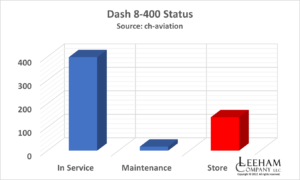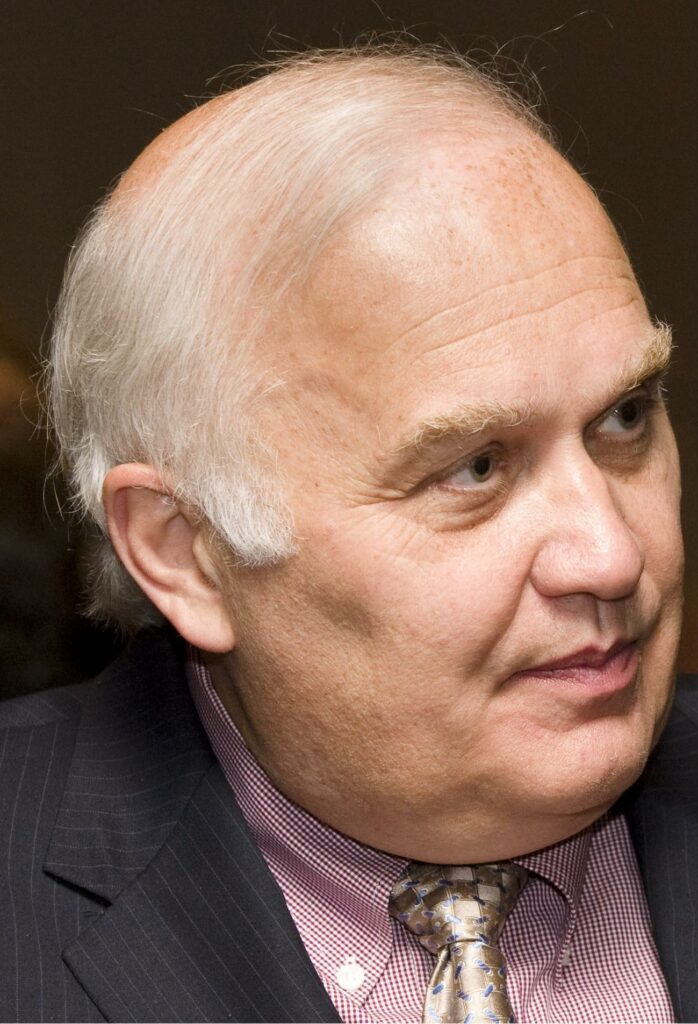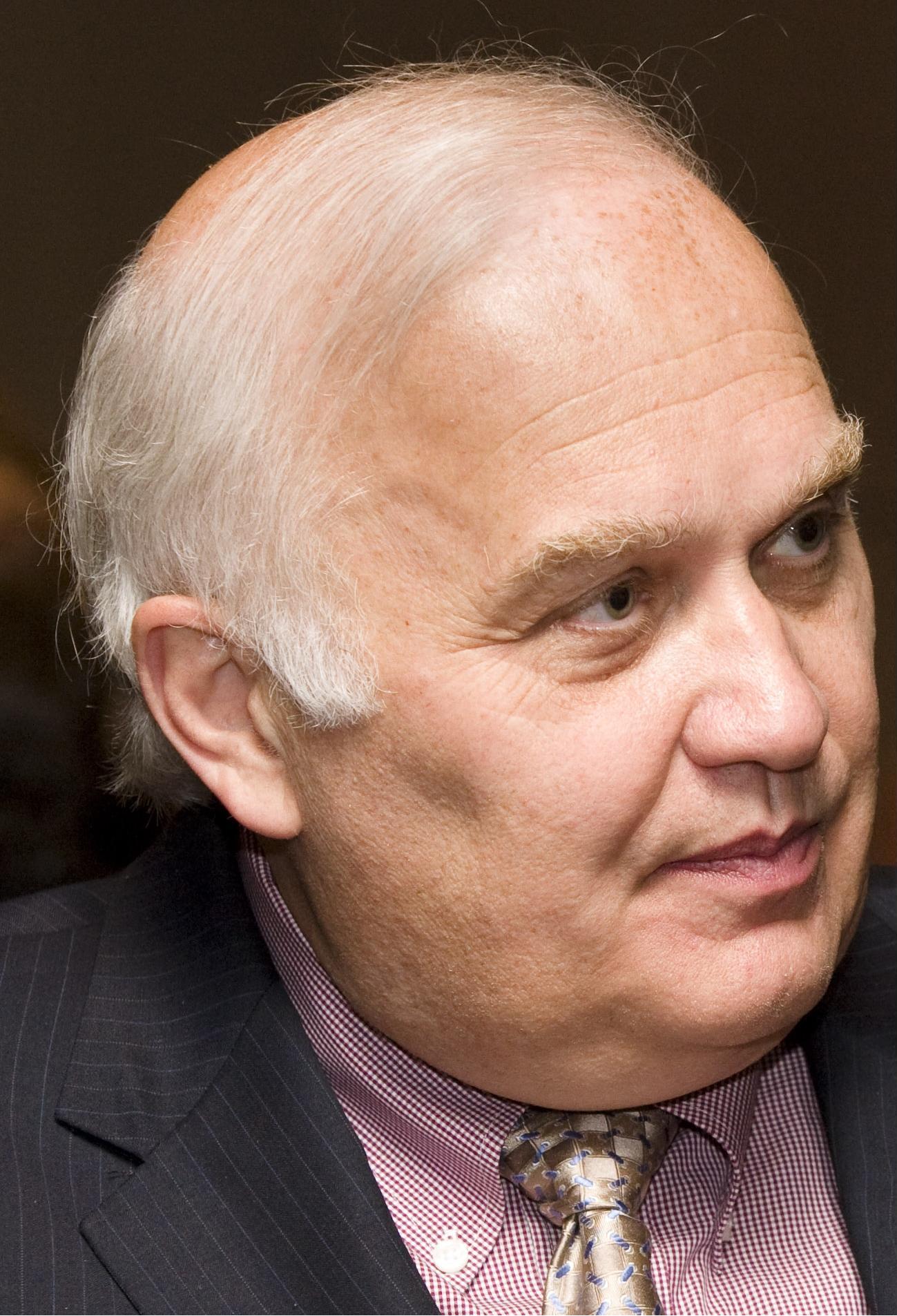Leeham News and Analysis
There's more to real news than a news release.
Pontifications: From Just in Time to Just in Case
June 6, 2022, © Leeham News: Delivery delays by Airbus and Boeing are well-known in today’s recovering environment. The reasons vary from supply chain challenges affecting both companies to Boeing’s suspended deliveries of the 787 and slower-than-expected deliveries of the 737 MAX.
Airbus Canada delivered only five A220s in May vs 10 that were planned. Ten deliveries are planned this month but hitting this target (and 70 for the year) may be problematic. LNA previously detailed the delays for the A220. Airplanes are coming off the final assembly lines without completed cockpits. Embraer is affected by a shortage of seats. CFM’s delivery of LEAP engines for the A320neo and 737 MAX is delayed.
It’s not just the big-ticket items that are hurting the Big Three airframe manufacturers. It’s the little stuff. The supply chain is only as strong as its weakest link. Some smaller suppliers can’t get the products they need from their suppliers. And some, already facing workforce shortages before the COVID-19 pandemic, are short of workers today.
These issues are causing a shift in what used to be the mantra of Just in Time product deliveries.
Boeing is trying to help its supply chain on a number of levels, said Mike Nieman, Regional Director of Globalization & Supplier Development, during the I-90 Corridor Conference last week in Coeur D’Alene (ID). The group represents the aerospace industry from Spokane (WA) through Idaho and into Montana along the Interstate 90 highway corridor.
Pontifications: NIAR WERX joins with Precision Aircraft Solutions for A321, 757, MD-87 conversions
May 30, 2022, © Leeham News: NIAR WEXR, the aerospace research arm of Wichita State University (WSU), will join with Precision Aircraft Solutions for passenger-to-freighter and MRO for the Airbus A321, Boeing 757, and the Boeing (McDonnell Douglas) MD-87.
NIAR WERX already converts and performs maintenance on MD-87s and it partnered with Kansas Modification Center to convert Boeing 777-300ERs into freighters. Kansas Mod is not part of the Precision Aircraft deal.
Although announced last week, NIAR and Precision have been working toward this arrangement for some time. NIAR already has been setting up conversion lines and tooling for the A321 and 757. Emphasis will be on the A321. The hangar to be used is a giant one previously used by Boeing for the 747-200 Air Force One work, which is now performed in San Antonio (TX). Four to five lines can be installed in the hangar. This gives the capacity to convert 12-24 aircraft per year. The first A321/757 lines will be ready in the third quarter this year, says David Jones, NIAR WERX executive director.
Pontifications: Next new mainline jet likely will be conventionally powered
May 9, 2022, © Leeham News: Pratt & Whitney thinks a hybrid-electric propulsion system might be ready for installation on the next new airplane from Boeing or Airbus by 2031. But more likely is that the new airplane, whatever design it is, will more likely be powered by a conventional engine that is capable of running on 100% Sustainable Aviation Fuel (SAF).
Graham Webb, the chief sustainability officer at Pratt & Whitney, said PW is “obviously investing in our Geared TurboFan. That’s our bread and butter. We are working to infuse a large number of technologies, including ceramic matrix composites, and aerodynamic improvements to the turbines and the compressor. We’re working on improving the cooling optimization and sealing, and the traditional core efficiency suite of technologies to enable us to get to the higher overall temperatures we need for the next generation cycles.
“We’ve already completed a suite of work with the FAA and our clean aviation program that enabled us to expand the bypass ratio of our Geared TurboFan engine further from where we are till now. We’re going to use that technology to grow the engine. We’ll put a different fan-drive gear system technology as a result of that expansion. That’s kind of like the traditional engine efficiency piece,” Webb said at the Aviation Week’s MRO Americas event in Dallas. LNA spoke with Webb on the sidelines of the huge event, attended by more than 13,000 people.
Under the FAA CLEEN Phase I program, PW developed ultra-high bypass ratio technologies beyond the current 12:1 present in today’s GTF engines. These technologies are ready for deployment for a future new aircraft. The specific bypass ratio of this new engine will be optimized to each installation on the new airframe configurations being developed by the airframers, a spokesperson added.
Pontifications: “Dreadful” or “clearing the decks”? Boeing’s first quarter results
May 2, 2022, © Leeham News: Boeing’s first quarter report was just awful. There’s just no getting around this, although a few Wall Street analysts bent over backward trying to make a silk purse out of a sow’s ear (an American colloquialism). One analyst called the quarter “dreadful.” The stock tanked $20 on the day the earnings were reported. As of Friday, it gained $4 from Wednesday’s close.
- Boeing confirmed the 777X certification and entry into service won’t be until 2025, confirming Tim Clark’s fears that emerged back in October at IATA. Clark is the president and COO of Emirates Airline, which has more 777Xs on order—115—than any other customer.
- Production of the X will be paused until the end of 2023, adding about $1.2bn in costs to the project. This comes on top of $6.5bn in write offs on the X program previously taken.
- About 50 777Xs moved from firm order status to iffy, under the accounting rule ASC 606. These are orders that were slated for delivery before 2025. Contracts for these must be renegotiated, yet again, casting a cloud over their status.
- Boeing took a charge of more than $600m on the Air Force One program. AF One is a two-airplane order for the conversion of two 747-8 whitetails from civilian-passenger configuration to the militarized-VIP AF One specifications. LNA is told by multiple sources more sizable charges will be forthcoming.
- The OEM also took a charge against the T-7 Red Hawk trainer. This was supposed to be one of the two programs (the MQ-25) is the other that lays the advanced design-and-production groundwork to be implemented in the Next Boeing Airplane (NBA), whatever it is, for the commercial market.
Boeing appears finally on track to resume 787 deliveries
April 25, 2022, © Leeham News: Boeing appears on a path to resume deliveries of the 787 in the second half of this year.
Filings by American and United airlines with the US Securities and Exchange Commission show each carrier expects 787s later this year. And, according to a Reuters report, Boeing privately told the airlines and the supply chain that deliveries will resume in the second half.
Boeing declined comment.
A United 8-K filings (an unscheduled filing) indicate two deliveries in the third quarter and another four in the fourth quester. These are 787-10s. American indicates seven Dreamliner deliveries by year-end in its 10Q filing. These are 787-8s.
At the start of this year, American said it expected deliveries to resume in April. Boeing, on its 4Q2021 earnings call, did not confirm this but it didn’t dispute it, either. The Federal Aviation Administration (FAA) oversees when Boeing can resume deliveries.
Deliveries were suspended in October 2020 when a gap the size of a piece of paper (ie, the thickness of 0.004 inches*) was found in new production airplanes. While not a safety of flight issue, the gap was a non-conforming production requirement. The FAA asked Boeing to halt deliveries while the scope of the problem was determined, and a fix identified. Coming during the grounding of the 737 MAX, coupled with increased scrutiny of Boeing and the FAA, scoping the breadth of the gap problem and determining a fix has taken an agonizingly long time. During this period, the FAA rescinded Boeing’s authority to certify each 787 for delivery, assuming this responsibility instead.
Pontifications: Catching up—DHC extends Dash 8 life; 737-10, 777X, A321XLR certifications
Every once in a while, it’s necessary to catch up on this and that….
April 11, 2022, © Leeham News: The announcement drew little notice because the topic wasn’t sexy. De Havilland Canada last week said that Norway’s Wideroe Airlines became the first operator to sign up to extend the service life of its Dash 8-100s from 120,000 cycles to 160,000 cycles. The carrier previously contracted to extend the life of the Dash 8 from 80,000 cycles to 120,000 cycles.
“Combined, our two Extended Service Programs add another 30 to 40+ years to the operational life of Dash 8-100 aircraft – that’s double the original service life of the aircraft,” DHC’s Robert Mobilio, Vice President Engineering, said in a statement.
The move is significant because there are no replacement aircraft in the 30-seat category. The market for airplanes this size is very small, and any replacement aircraft would likely be beyond the financial reach of many regional carriers. Extending the life of these airplanes—for an astonishing 30-40 years—is the only viable alternative.
DHC is separately evaluating hybrid technology, with engine maker Pratt & Whitney Canada, to make the Dash 8 series more environmentally friendly. A Dash 8-100 will be used for the hybrid-electric demonstrator.
Pontifications: Horizon’s plan to focus on single fleet type appears a blow to TPNG hopes
March 29, 2022, © Leeham News: Alaska Air Group announced last week that its subsidiary, Horizon Air, will retire 32 De Havilland Canada (DHC) Dash-8-400s by the end of 2023. The regional airline will go to a single fleet type, the Embraer E175-E1. AAG owns some of the 175s. Regional partner SkyWest owns and operates others.
The plan adds to the struggles of DHC to return to service -400s stored at the start of the COVID pandemic. At the end of 2021, there were more than 150 stored. As of last week, this number was down to 142, according to the ch-aviation data base. Another 17 were in maintenance. There were 398 in service. The number stored represents 25% of the -400 fleet.
Consolidating to a single fleet type doesn’t bode well for Embraer’s efforts to win Alaska/Horizon as a launch customer for its new TPNG. This advanced turboprop, proposed in 70- and 90-seat versions, has engines mounted on pods at the rear in the latest concept shown to the industry. A new engine will replace the aging but reliable Pratt & Whitney PW-series used on the Dash 8 and ATR-42/72. P&W, GE and Rolls-Royce are developing a new generation engine.
Embraer wants to launch the program this year with a proposed entry into service of 2027.
Pontifications: From the aviation perspective, there’s something in China to watch
March 21, 2022, © Leeham News: Eyes are focused on Ukraine and the Russian War. In our corner of the world, commercial aviation, the stakeholders follow the fallout from the war: sanctions placed on Russia which affect overflights, supply chains, oil to Europe (fuel), and Russia’s confiscation of about $10bn worth of airliners from Western lessors and lenders.
But there is another drama playing out on the other side of the world, too. This one involves China and one of its commercial aviation companies, AVIC.
AVIC is a major aerospace company in China. It also has a variety of none-aerospace companies. It’s one of these that caught our eye last week.
The Wall Street Journal on March 14 reported that AVIC subsidiaries involved in solar energy filed for bankruptcy to avoid an $85m judgment after allegedly absconding with intellectual property from two US companies. The firm had to settle for 30 cents on the dollar.
It’s another example of China companies simply ignoring international IP laws.




